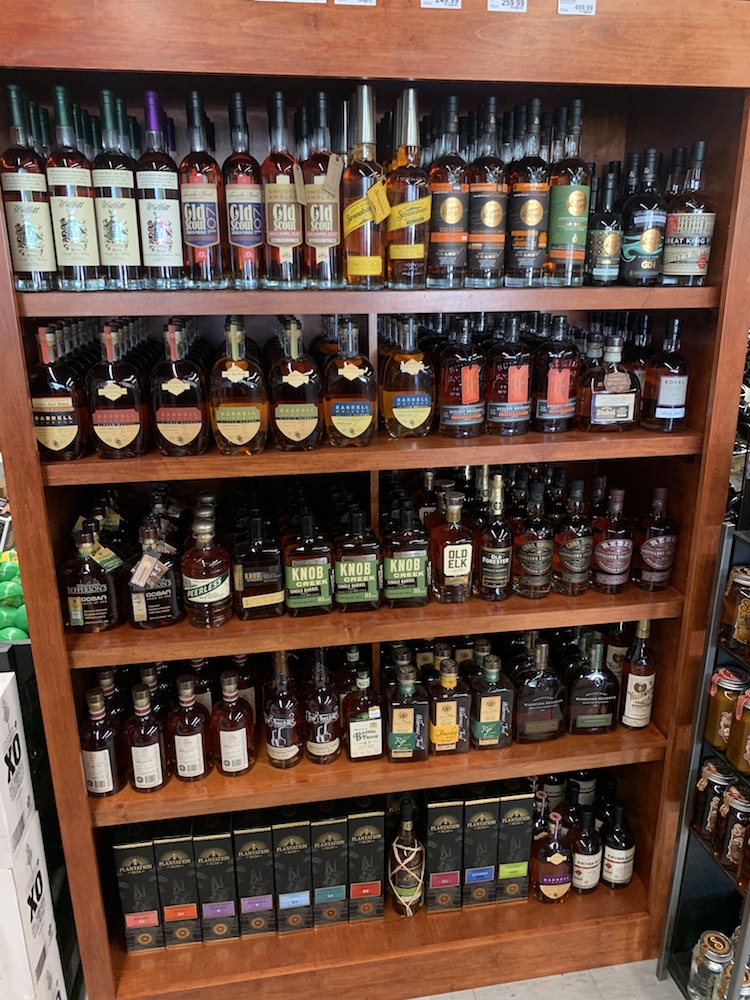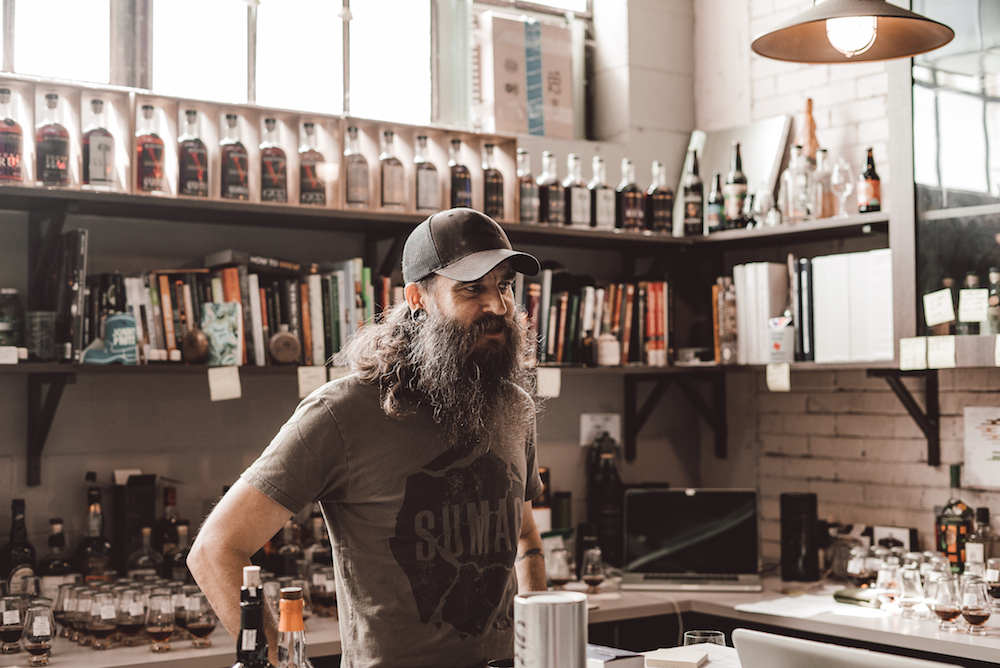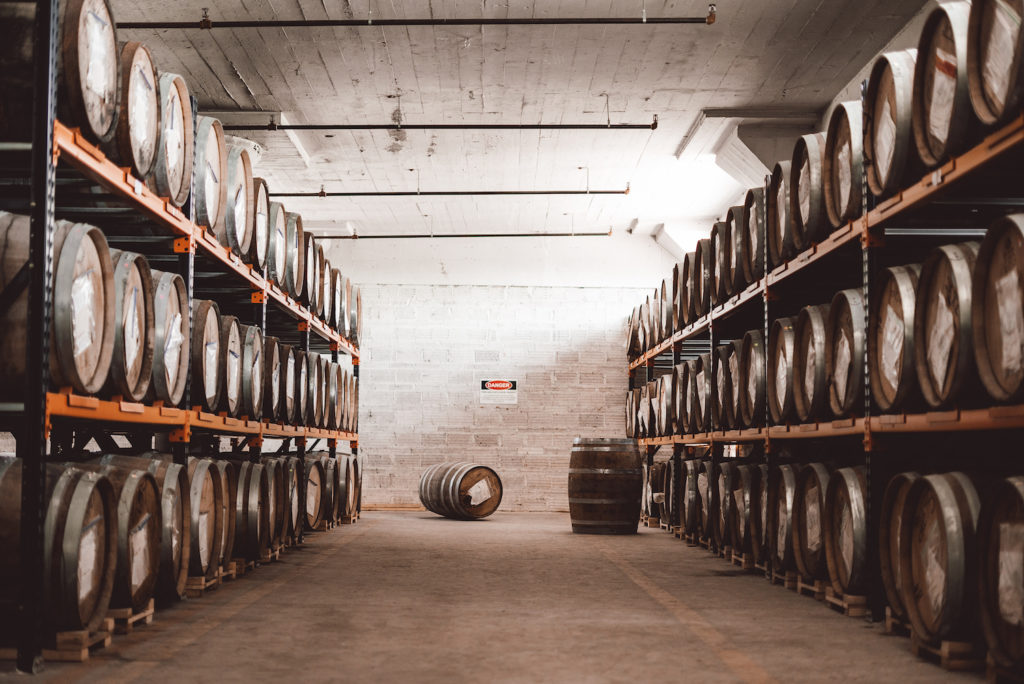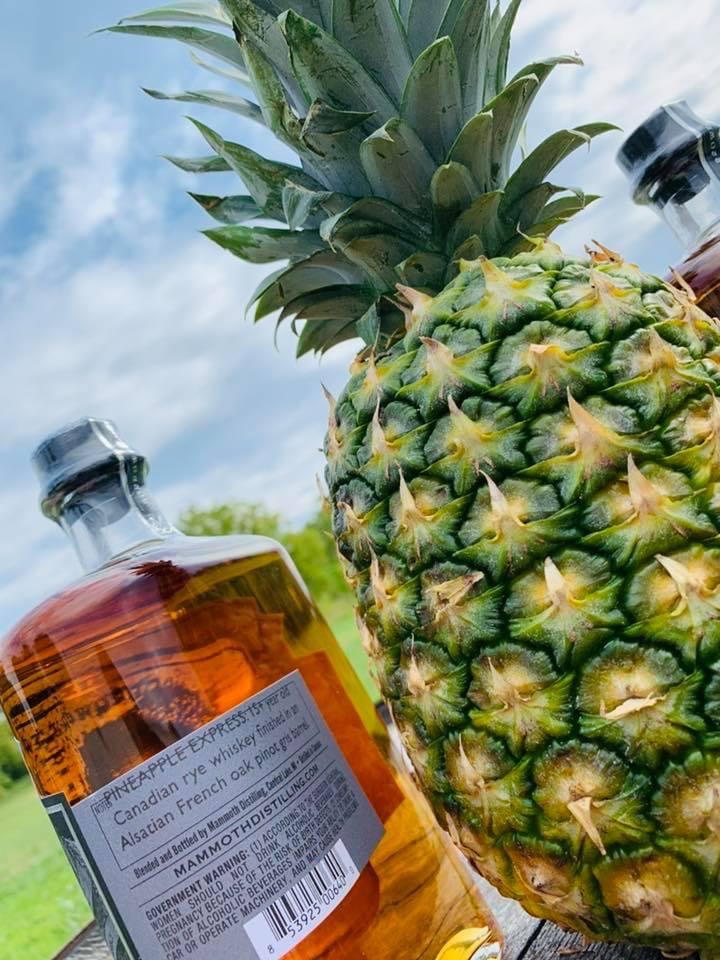Something interesting happened with store pick whiskeys in 2020.
Retailers and clubs have selected and bottled their own single barrel whiskeys for some time. About a decade ago, pioneers like Lincoln Road Package Store in Mississippi, and Tippins Market in Michigan, started visiting distilleries, tasting through product and packaging their choices under store branding.
Consumers have caught on to the quality of these whiskeys. Single barrel store picks offer exclusive takes on well-known brands. Flavors you can only find on shelves at specific retailers.
Most retailers now offer store picks. And the array of distilleries with single barrel programs has never been higher — from industry leaders to littler outfits. Store picks were poised as a primary whiskey trend in 2020.
Then the pandemic hit.
Distilleries closed their doors to outside visitors. Retailers with scheduled trips canceled their plans. Suddenly, it seemed that store picks would take a year off, and decline significantly as a category.
Except — that did not happen.

“These bottles are still moving,” reports Jamie Farris, owner of Lincoln Road. “And we’re on pace as a store to do 60 picks this year.”
Farris is a trailblazer in the category. “In 2011, when single barrel programs started coming into their own, I bought an Elijah Craig barrel,” he recalls. “I sold through it in six weeks. I thought, ‘Wow, I’m onto something here’. Next I brought in Four Roses and Willet, and those also did well. I thought, ‘Who else can I get?’”
Today, Lincoln Road stocks nearly 100 different store picks that span the world of whiskey, as well as rum, tequila, Armagnac, bandy, gin and absinthe. Customers continue to seek out these bottles, even amidst the pandemic.
“On March 14, when everything was shutting down, we called every single retailer who had purchased single barrels from us and gave them the ability to cancel,” recalls Andy Mansinne, VP of brands at MGP Ingredients. The company launched their single barrel program earlier this year. “We only had one cancellation,” Mansinne says. “Two weeks later, that retailer called back and said they still wanted it.”
Other distilleries report similarly.
“It hasn’t slowed down,” says Alex Elrod, key accounts and national single barrel manager at Balcones Distilling. “This has been our most busy year for the single barrel program.”
Why is that?
New Whiskey, Available
Part of the reason that store picks have become so popular is that they answer a major problem for the industry.
Brown spirits have become so trendy that many top whiskeys are impossible to find — and terribly price-gouged. Even common bottles from leading brands now fly off of shelves, despite rising prices.
“With a single barrel, I can get 150 bottles of something really good,” Farris says. “That can supply a decent number of customers, as opposed to allocated bourbons, of which I get only three-to-twelve bottles.”
“I always want to have something special for people who stop in,” he adds. “I pick stuff that rivals the best whiskeys out there. People fall in love with a single barrel and then all those bottles are gone. These bottles are still moving.”
Store picks also appeal to whiskey collectors. For someone who has tasted nearly everything, these bottles bring something new.
“I’m still chasing stuff and bunkering bottles,” says Jared Himstedt, head distiller for Balcones. “But I’m wondering, ‘What else is out there?’ Whenever I’m traveling and I’m in a store and they have their own bottles, I grab one, sight unseen.”
“Barrel variations are so huge,” Himstedt adds. “Flavors can show in a million different ways. It’s so idiosyncratic. Maybe you want to see what an Islay tastes like at three years old as opposed to 10. Is it as nuanced? Maybe not, but it’s still unlike any bottle you’ve ever had before. There’s such a saturation of what we’ve all had before. So what’s next?”

These bottles allow retailers to differentiate with unique offerings. By stocking single barrels with distinct flavors, stores can “build equity with clientele,” says Mansinne of MGP. “It really does set you apart.”
Agreeing with him is Dominic Aprea, owner of Tippins Market, another store pick pioneer. “As a store in a control state [Michigan], everyone can sell the same spirits at the same prices,” Aprea says. “So I’m looking for things that people haven’t done before, something unique. A different flavor profile, something individualized just to us.”
Aprea collaborates with other retailers on smaller picks that produce unique products. Recently he worked with Farris on a maple syrup cask-finished rye, splitting the bottles between the participating businesses.
After all, rarity sells.
“The first question we get asked every time is, ‘What’s the rarest whiskey you have?’” says Jane Bowie, director of innovation at Maker’s Mark, which launched their single barrel program in 2016. “Bottles from these barrels are the rarest thing you’re ever going to buy, because they’re one of only 240 bottles.”
“Store picks are basically affordable rare bourbon for people who are exhausted from the secondary market,” she adds. “Instead of hunting for hard-to-find whiskey, you’re letting liquor stores do the work for you. This is great whiskey that’s accessible.”
These whiskeys look and taste different. They help stores differentiate, and stand out in consumers’ collections. That’s important, because even during the pandemic, “the level of people looking for unique stories to share has not changed,” says Elrod of Balcones.
Distilleries and retailers have also reported an uptick in digital sales for single barrels in areas of the country that allow DTC spirits shipping.
Tasting During a Pandemic
Normally retailers would visit distilleries and taste through barrels. Covid-19 complicated this for many months, but distilleries have begun reopening for picks.
“We did one this weekend with people onsite,” says Himstedt of Balcones. “In our rickhouse we have lots of space. People could stand 15, 20 feet apart. And we’ve known this group of people really well. Everyone wore masks, and we made the tasting process as touchless as possible. These people were the guinea pigs for the new way that this process happens.”
Distillery employees would typically draw samples directly from barrels with a whiskey thief. Everybody would crowd around this employee, holding out glasses for squirts of whiskey. Now, Balcones pre-poured their product, filling 36 Glencairn glasses on a cart for the visitors. Plenty of hand sanitizer was also available.
“We wanted to minimize closeness and the risk of cross-contamination,” Himstedt explains.
Many distilleries have sent out sampling kits in 2020, with recipients tasting on Zoom along with distillery staff.

The Zoom tastings have also allowed retailers to connect with consumers.
“Some stores have really been creative with engaging customers in this experience,” says Bowie of Maker’s Mark. “Because we’re doing this virtually, some retailers are inviting their customers onto the virtual call. There have been some real positives from this. I’ve probably never spent this much personal time with consumers.”
Maker’s Mark reopened for visitors several weeks ago.
Ferris of Lincoln Road has begun visiting distilleries where possible. “I’m a firm believer in always going to the distillery if I can, even though I’m in Mississippi and a smaller market,” he says. “I want to show my commitment to that distillery so that they feel committed to me. One major distillery told me that they do not ship out their best samples for kits.”
Aprea of Tippins has only visited distilleries for seven of his 50 picks this year. He has also canceled store events that release new single barrels for fundraising. “I need to protect my safety and my customers’ safety,” he says.
Getting Creative

Stores like Lincoln Road and Tippins have cultivated reputations as destinations for single barrels. Whiskey enthusiasts across the country have checked in bottles from both businesses on whiskey rating websites.
To achieve that level of recognition — and offer such unique SKUs — requires creativity on the part of the barrel picker.
“Picking is more of an artisan process for me,” says Aprea of Tippins. “It’s not just a machine putting out whiskey. I look at each of these single barrels as a perishable art project. We put it out in the world and then it’s never repeated.”
“It helps that we retailers have such a role in the creative process, especially with the onslaught of DTC shipping and Big Box stores,” he adds.
Single barrel programs at distilleries are designed to draw out this level of creativity.
“It’s an immersive experience,” says Elrod of Balcones. “As a grain-to-glass distillery, we like to show off the variety of different expressions that we offer. Blue corn vs. white corn; how it works in single barrels; corn, rye, rum, single malt, Rumble [a rum/brandy hybrid], 100%-Texas-grown barley. We can showcase a wide birth of innovation through multiple profiles.”
Savvy retailers have keyed into what profiles their customer base prefers, picking selections to match their clientele.
“I love the customization piece of our program,” says Bowie of Maker’s Mark. “The people from Lincoln Road can come in with a vision for what works for their customer, and we can work with them to accomplish that.”

Bowie has also noticed regional trends: Different parts of America and the world prefer different taste profiles or stave types. The time of year also factors into picks. Liquor Barn creates two Maker’s Mark whiskeys per year based on seasonality: a brighter store pick for summer, and heavier come winter.
Store picks have also become a creative avenue for producers and retailers to fundraise. Tippins hosts Four Roses Friday: proceeds from Four Roses single barrels will benefit charities like Great Lakes Burn Camp For Kids. The last of these events in 2019 raised $6,625 from just one barrel.
What’s Next for Store Picks?
As more consumers become fluent with these products, look for retailers to expand their offerings. The relationship between Lincoln Road and Tippins is one example.
“If a distillery is up to it, you can work out a collaboration with other stores or bars,” says Farris. Typically this requires a smaller, more-flexible distillery, or a hyper-innovative producer like Copper & Kings, which bottled a gin, absinthe and pear brandy for the collaborative retailers.
Stores have also begun working with boutique distilleries, allowing for even more nuanced takes.
Tippins Market has had success with smaller projects from Mammoth Distillery in Central Lake, Michigan. Recently, Mammoth bottled a 15-year-old Canadian rye finished in Alsatian French oak pinot gris barrels.
“We try to push the envelope doing new things,” says Aprea. “I think small, artisan distilleries like Mammoth will be the next wave in single barrels, because they offer a lot of flexibility for people like me who like to work with creative freedom.”

To provide flexibility, Mammoth constantly experiments with differently aged spirits. The one common trait is highlighting selected grains. Otherwise, “We have a wide variety of things, not a huge amount of anything, but a lot of options,” says Founder and President Chad Munger. “We’re probably doing too many things, but that’s what’s kept us fresh.”
Recent small-lot experiments include an eight-year-old Jamaican rum finished in maple barrels. Mammoth sources a wide range of Canadian whisky, and finishes it in all sorts of new and used oak.
“Our philosophy is that if a retailer comes into our space and finds something they like and has ideas about how to barrel it, they can buy it,” Munger says. “That’s a big differentiator between us and the big boys.”
As seen nationwide, interest in Mammoth’s single barrel program has not waned during the pandemic.
“In early 2020 we slowed down for three or four months,” Munger says. “Then when things opened up a little and people could travel again, we immediately picked back up. We’re now on track to sell as many single barrels as last year, and that’s despite the three-to-four month gap. So really, we’re doing even better than last year.”
Kyle Swartz is editor of StateWays magazine. Reach him at kswartz@epgmediallc.com or on Twitter @kswartzz.










